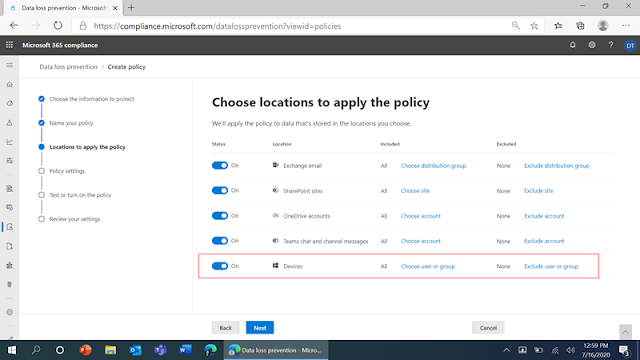Microsoft designed Endpoint DLP to address the gray areas with working from home, where personal devices like hard drives can be connected to corporate-owned computers.
While Endpoint DLP is now in public preview, it connects to admin’s Microsoft 365 compliance center, as a separate solution within Insider Risk Management, Microsoft 365’s E5 enterprise edition, which uses signals from Windows 10 for indication of suspicious behavior.
According to Microsoft, ensuring that sensitive data is protected from risky or inappropriate sharing, transfer, or use has always been a top priority.
How Endpoint DLP will work to secure Organizations
Endpoint DLP extends Microsoft Information Protection (MIP) classification and protection to all devices.
MIP is a built-in, unified, intelligent, and extensible solution that classifies data, keeps it protected, and prevents data loss across Microsoft 365 apps, third-party SaaS applications, and on premises or in the cloud.
Now, Microsoft 365 customers need to only create DLP policies in the Microsoft 365 compliance center, then apply the policies to Teams, SharePoint, Exchange, OneDrive for Business, and Endpoints, provided the endpoint is onboarded in your environment using established device management onboarding process.
And Endpoint DLP is native to Windows 10 and Microsoft Edge browser, therefore, no need to install or manage additional DLP software on Windows 10 PCs anymore, as they have the benefits of DLP native experiences.
How to Get Started with Endpoint DLP
Endpoint DLP is currently rolling out to customers with Microsoft 365 E5/A5, Microsoft 365 E5/A5 Compliance, and Microsoft 365 E5/A5 Information Protection and Governance.
You can sign up for trial of Microsoft 365 E5 or navigate to the Microsoft 365 compliance center to get started. To learn more about Microsoft Information Protection and Governance solutions, visit the documentation page.










No comments